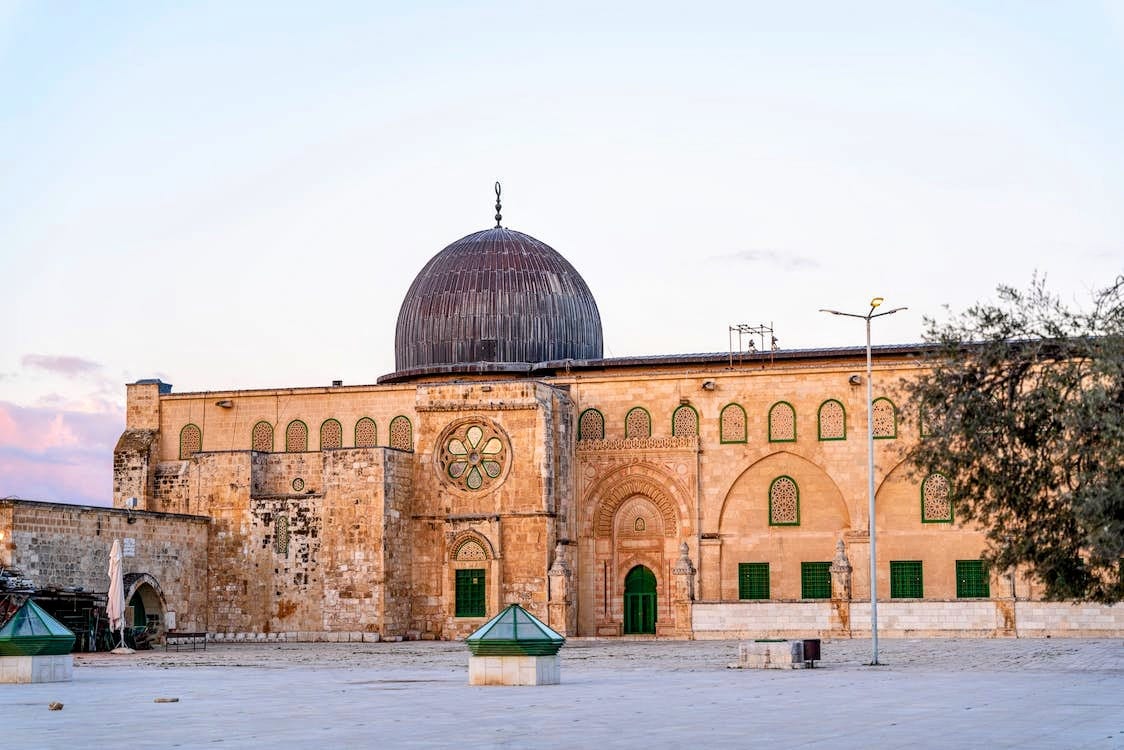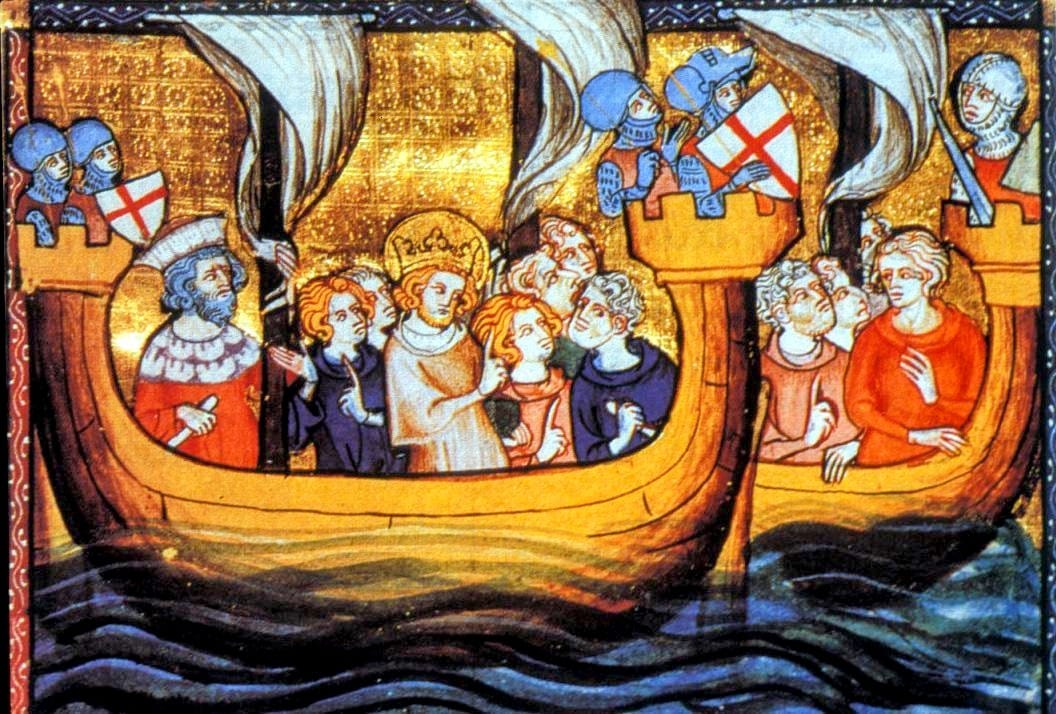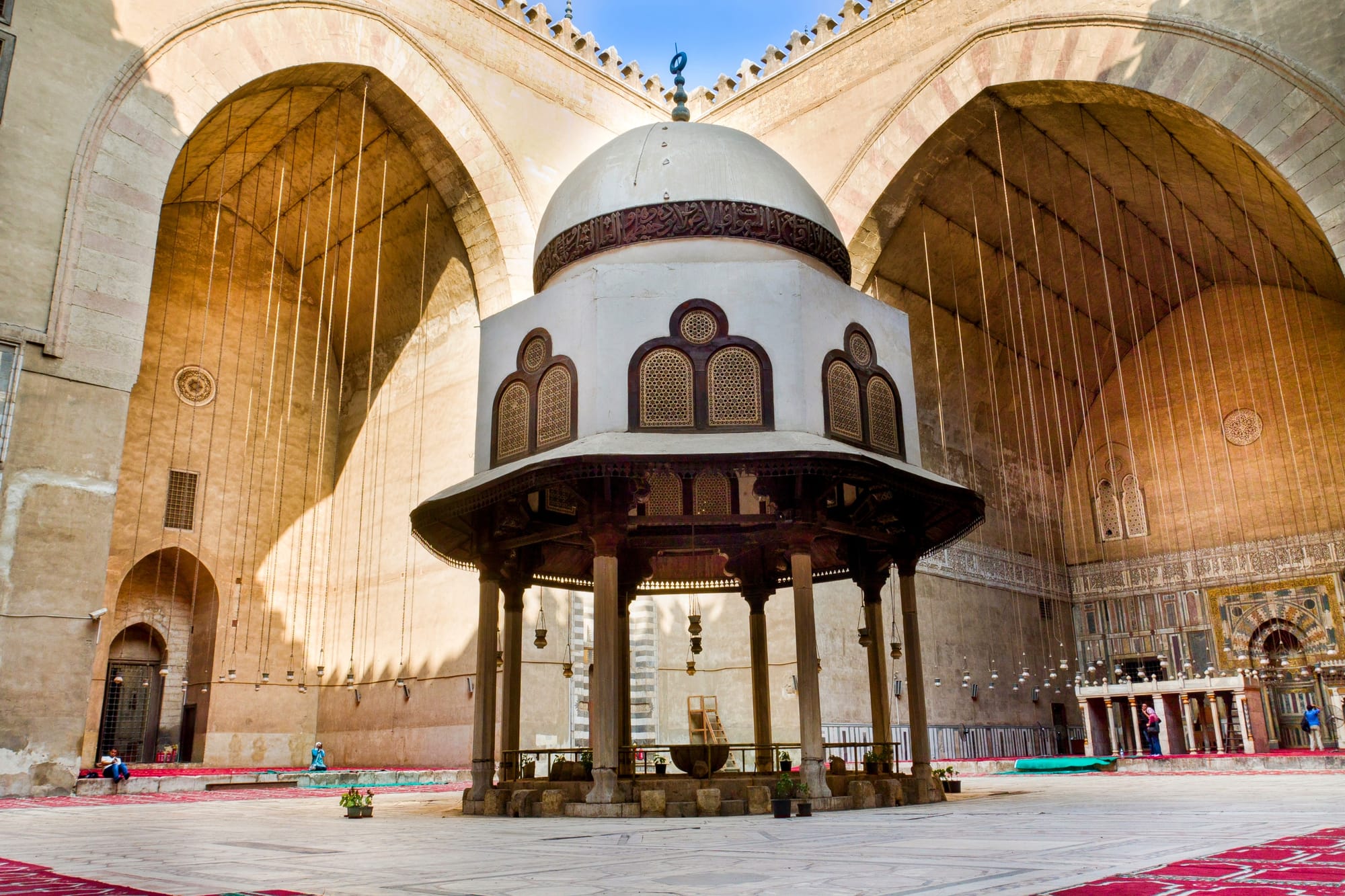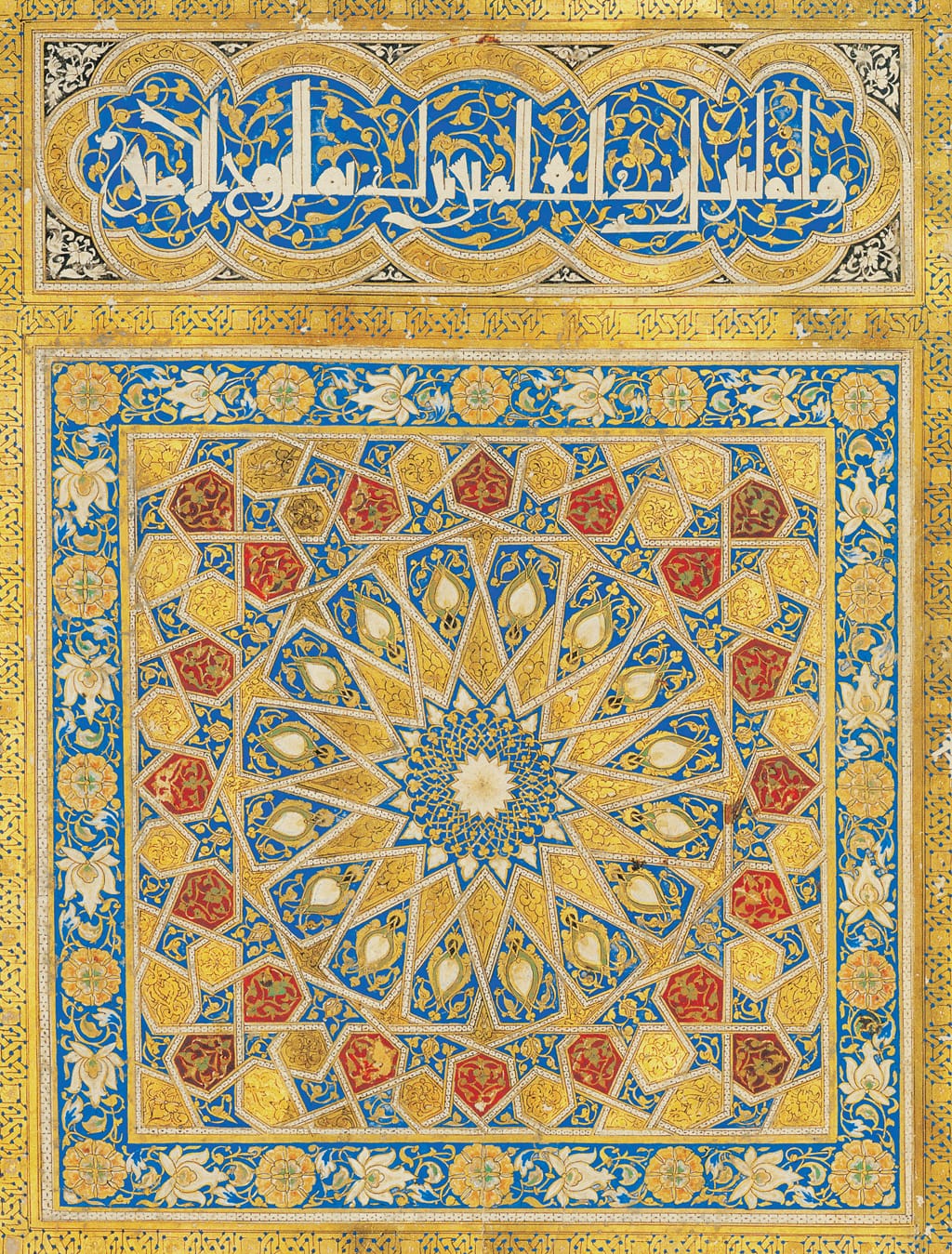Last week, I went to the Met Museum in New York City. Although it was my third time, I had a lot of fun re-exploring the Islamic section with newly sparked curiosity. Artifacts from Central Asia, Persia, the Levant, and Egypt testify to the advanced civilizations Muslims have built in various geographical locations and under many different dynasties. But how was it all connected?
The power transition from the Turco-Persian Seljuks to the Mamluks is one of the most interesting in history. It’s a story of schemes and brute force, of piety and scholarship, of politics and ascension. The predominance shift from Persia’s Isfahan to Egypt’s Cairo and the expansion and collapse of empires have made for romanticized and thrilling historical chronicles, more wondrous than One Thousand and One Nights and truly unmatched by other periods in history.
The Seljuks were zealous Sunni Turkic tribes originating from the area northeast of the Caspian Sea in present-day Kazakhstan and Uzbekistan. Alp Arslan (meaning ‘Heroic Lion’ in Turkish) is the Seljuks’ best-known leader. He defeated the Byzantine Empire in the Battle of Manzikert, allowing the settlement of the Seljuks in Anatolia and the expansion of their influence in Persia. The Seljuks thrived and reached the peak of their political and cultural impact in Isfahan under the grand vizier Nizam al-Mulk, the Persian bureaucrat, sometimes regarded as the most important statesman in Islamic history.
Nizam al-Mulk tried to influence the masses in Baghdad into accepting Shafi'i jurisprudence and the Ashʿarī creed of theology by creating the Nizamiyya madrasa system, a model of higher education and organization of institutions that would provide the blueprint for all Islamic models of higher education to follow. The top teacher of the Nizamiyya in Baghdad was Imam al-Ghazali of the Iḥyāʾʿulūm al-dīn (‘The Revival of Religious Sciences’), who was also of Shafi'i jurisprudence and of Ashʿarī creed, just like Nizam al-Mulk.
Yet medieval history is nothing if not the thwarting and usurpation of kingdoms. The Order of Assassins killed Nizam al-Mulk, which prompted the Seljuks’ decline. In the newly created political void, The Zengids, another Turkic dynasty that originated from further south close to The Levant, rose to prominence. With Mosul as their capital, the Zengids expanded in Syria and stood up to the Crusaders, who had always leveraged the destabilizing force of a power vacuum amongst their enemies — this time unsuccessfully.
The Seljuks were zealous Sunni Turkic tribes originating from the area northeast of the Caspian Sea in present-day Kazakhstan and Uzbekistan. Alp Arslan (meaning ‘Heroic Lion’ in Turkish) is the Seljuks’ best-known leader. He defeated the Byzantine Empire in the Battle of Manzikert, allowing the settlement of the Seljuks in Anatolia and the expansion of their influence in Persia. The Seljuks thrived and reached the peak of their political and cultural impact in Isfahan under the grand vizier Nizam al-Mulk, the Persian bureaucrat, sometimes regarded as the most important statesman in Islamic history.
Nizam al-Mulk tried to influence the masses in Baghdad into accepting Shafi'i jurisprudence and the Ashʿarī creed of theology by creating the Nizamiyya madrasa system, a model of higher education and organization of institutions that would provide the blueprint for all Islamic models of higher education to follow. The top teacher of the Nizamiyya in Baghdad was Imam al-Ghazali of the Iḥyāʾʿulūm al-dīn (‘The Revival of Religious Sciences’), who was also of Shafi'i jurisprudence and of Ashʿarī creed, just like Nizam al-Mulk.
Yet medieval history is nothing if not the thwarting and usurpation of kingdoms. The Order of Assassins killed Nizam al-Mulk, which prompted the Seljuks’ decline. In the newly created political void, The Zengids, another Turkic dynasty that originated from further south close to The Levant, rose to prominence. With Mosul as their capital, the Zengids expanded in Syria and stood up to the Crusaders, who had always leveraged the destabilizing force of a power vacuum amongst their enemies — this time unsuccessfully.
Salah ed-Din, a Kurdish Shafi’i scholar born in Tikrit around the year 1137, rose up in the ranks of the Zengids. He went on a mission to Egypt and worked his way up to become the grand vizier of the Fatimid Caliph in Cairo. After the death of the last Fatimid Caliph, Salah ed-Din established his own sultanate, the Ayyubids, ruling under the Abbasid caliph, a figurehead at the time. Salah ed-Din’s early sultanate was a vessel of the Zengids until he moved away from the allegiance and established his own power base.

Salah ed-Din liberated Jerusalem after the battle of Hattin, promising Crusaders a safe passage back to Europe, earning him chivalric titles in the West. He was a devout Muslim and patron of Islamic scholarship. He turned al-Azhar, the most prominent establishment for Islamic scholarship, into a Sunni Islam institution, although it was built by the Shia Fatimids. Later on, the Ayyubid dynasty established many impactful madrasas, like al-Salihiyya.
Salah ed-Din divided territories among his family members, who had begun to feud more ferociously. With the weakening of the Ayyubids, Shajar al-Durr, a slave girl turned Sultana, created the Mamluk Sultanate. During her reign, she defeated the Seventh Crusades that attacked Egypt in al-Mansoura. She eventually married Izz al-Din Aybak, whom she made Sultan before the pair began to have disputes over control of the government. Perceiving Aybak’s subsequent marriage to the daughter of an Ayyubid Emir as a betrayal, Shajar al-Durr plotted Aybak’s murder.
Salah ed-Din divided territories among his family members, who had begun to feud more ferociously. With the weakening of the Ayyubids, Shajar al-Durr, a slave girl turned Sultana, created the Mamluk Sultanate. During her reign, she defeated the Seventh Crusades that attacked Egypt in al-Mansoura. She eventually married Izz al-Din Aybak, whom she made Sultan before the pair began to have disputes over control of the government. Perceiving Aybak’s subsequent marriage to the daughter of an Ayyubid Emir as a betrayal, Shajar al-Durr plotted Aybak’s murder.

The Mamluks (meaning ‘those who are owned’ or ‘the enslaved’) cared about neither race nor lineage. It was a truly military meritocracy and not a hereditary sultanate. The custom among Mamluks was that the strongest at commanding other lower ranks of slave soldiers became the next Sultan. Despite these significant structural changes in society, the kingdom nonetheless continued to develop the era’s high-level scholarship, spurred on by many clashes between the ruling elite and clergymen.
Izz al-Din ibn 'Abd al-Salam, known as Sultan of Scholars, became chief judge of Cairo and Shafi’i teacher in al-Salihiyya madrasa. The renowned Ibn Taymiyya and his student Ibn al-Qayyim were both imprisoned multiple times by the Mamluks, while Ibn Kathir wrote the most well-known exegesis of the Quran during this period. Even Ibn Ata Allah al-Iskandari, the famous sufi, lived under the Mamluks’ reign.
The most eminent Mamluk was Baybars. Having led the troops against the French crusades, he had established a strong military reputation for himself. After leading the troops in an astounding victory over the Mongols in the battle of Ain Jalut, Baybars expected to be given command of Aleppo. When it never eventuated, he personally killed Sultan Saif ad-Din Qutuz to become the next fourth Mamluk Sultan.
Trying to become another Salah ed-Din, Baybars excelled in both military expeditions and administration, ending the rule of the Ayyubids in Syria, unifying Egypt and Syria, expanding to Nubiya and southern Turkey, and ending the atrocities of the Mongols. Under his rule, Cairo became the center of the Islamic world. The city remains a stronghold of Islamic scholarship, with Al-Azhar at its heart to this day, although its importance has continued to decline gradually ever since.
Izz al-Din ibn 'Abd al-Salam, known as Sultan of Scholars, became chief judge of Cairo and Shafi’i teacher in al-Salihiyya madrasa. The renowned Ibn Taymiyya and his student Ibn al-Qayyim were both imprisoned multiple times by the Mamluks, while Ibn Kathir wrote the most well-known exegesis of the Quran during this period. Even Ibn Ata Allah al-Iskandari, the famous sufi, lived under the Mamluks’ reign.
The most eminent Mamluk was Baybars. Having led the troops against the French crusades, he had established a strong military reputation for himself. After leading the troops in an astounding victory over the Mongols in the battle of Ain Jalut, Baybars expected to be given command of Aleppo. When it never eventuated, he personally killed Sultan Saif ad-Din Qutuz to become the next fourth Mamluk Sultan.
Trying to become another Salah ed-Din, Baybars excelled in both military expeditions and administration, ending the rule of the Ayyubids in Syria, unifying Egypt and Syria, expanding to Nubiya and southern Turkey, and ending the atrocities of the Mongols. Under his rule, Cairo became the center of the Islamic world. The city remains a stronghold of Islamic scholarship, with Al-Azhar at its heart to this day, although its importance has continued to decline gradually ever since.

The beauty of this highly influential historical chapter of power shift and cultural progression is that origins truly didn't matter. Nizam al-Mulk was Persian, the Zengids were Turkic, Salah ed-Din was Kurdish, Shajar al-Durr was either Armenian or Turkic, and the Mamluks created a very racially diverse sultanate. In times when we hear vicious nationalistic tirades and misled racial ideas, it’s nice to revisit history and remember that a fixation on essentialist, limiting constructs based on ethnic and cultural origin is relatively new — and hopefully short-lived.
P.S.
After having Aybak Killed, Aybak’s first wife, Om Ali (meaning “The Mother of Ali”), had Shajar al-Durr killed in retribution. She celebrated this killing by preparing a dessert and distributing it to the masses. Now next time you eat Om Ali, remember that this was originally made to celebrate the death of Egypt’s Sultana!


